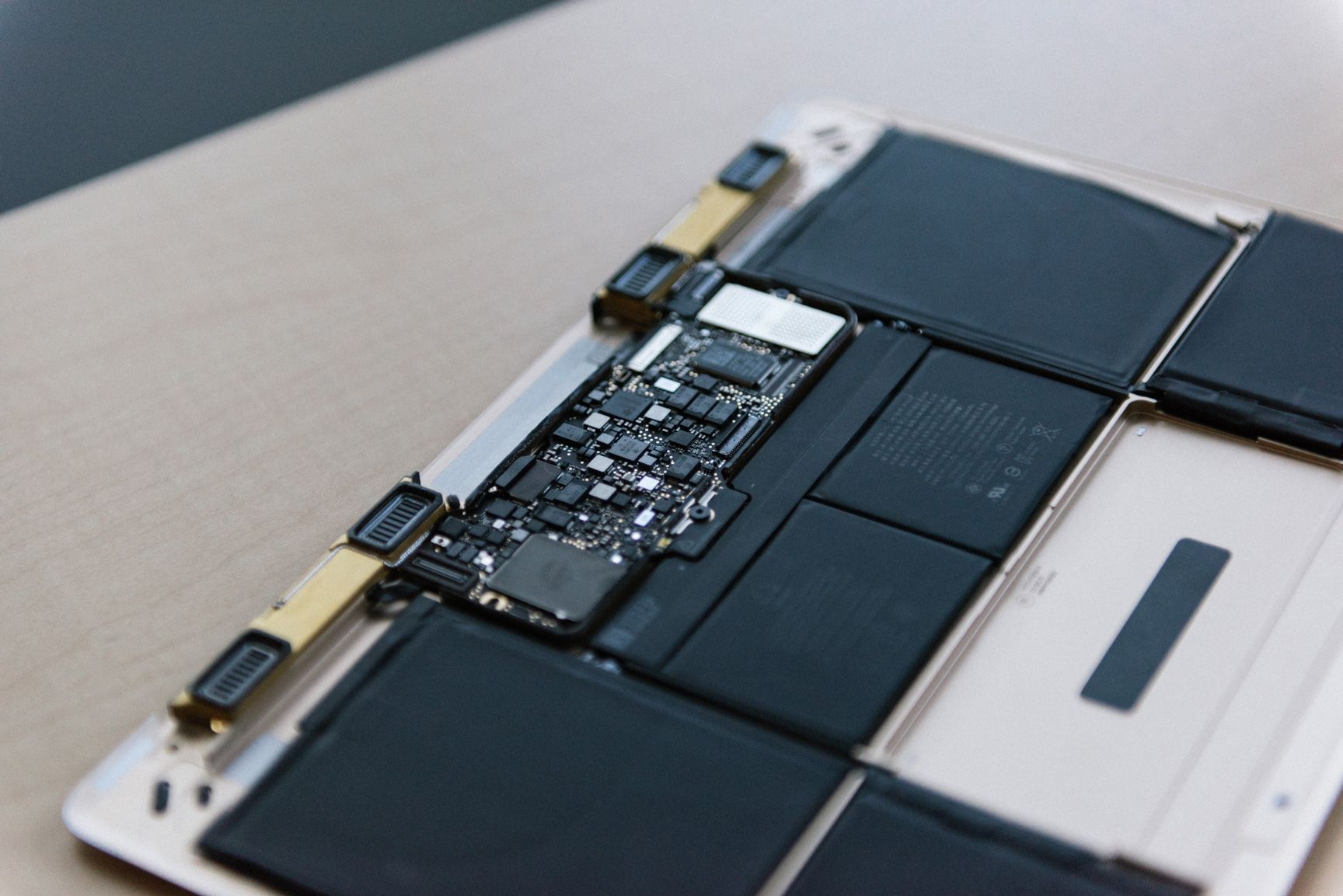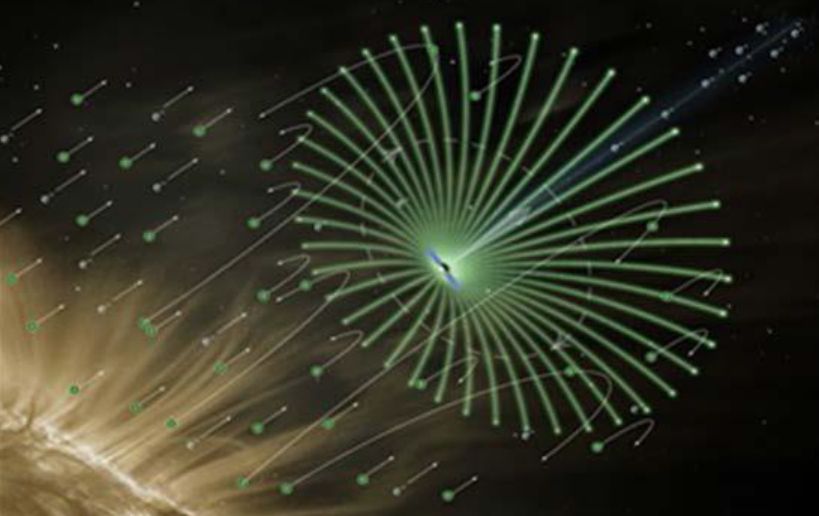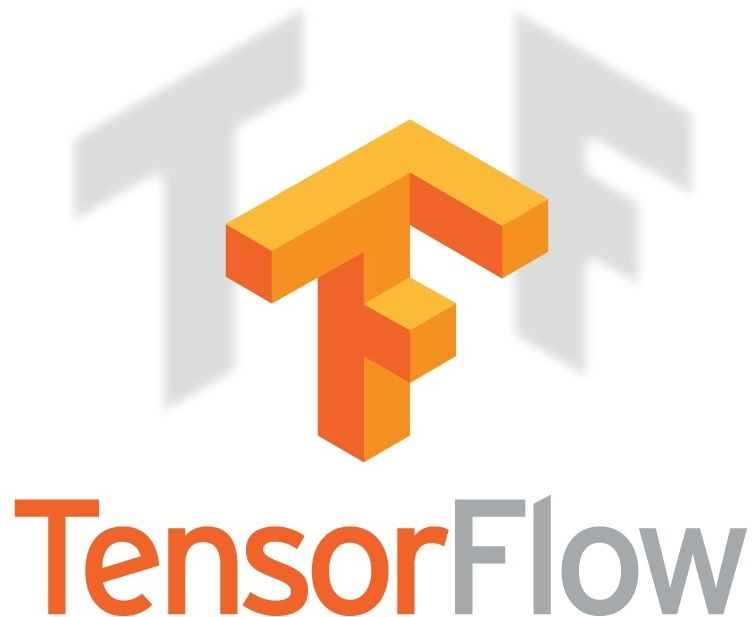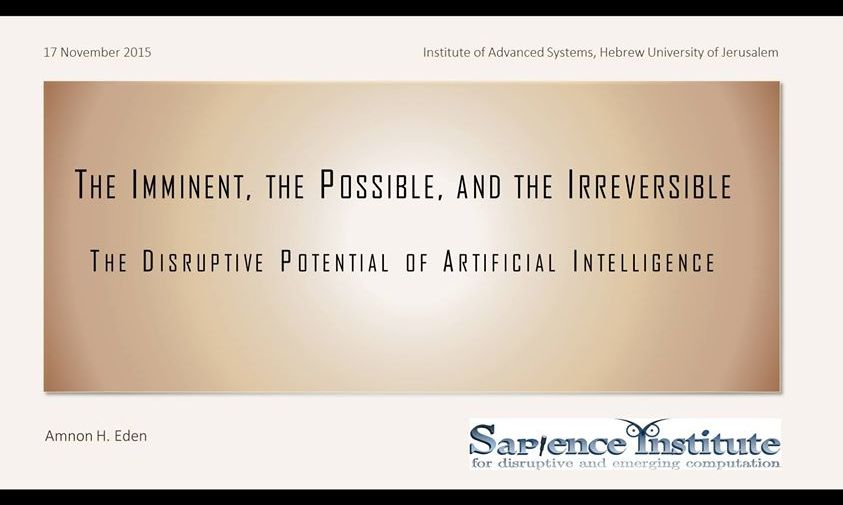Nov 9, 2015
Hexagonal vertical village in Singapore crowned World Building of the Year
Posted by Shailesh Prasad in category: futurism
A a vertical village in Singapore has been name the World Building of the Year 2015 at the World Architecture Festival. The Interlace is a residential development designed by OMA / Buro Ole Scheeren. It comprises 31 six-story apartment blocks stacked in hexagonal shapes.


















